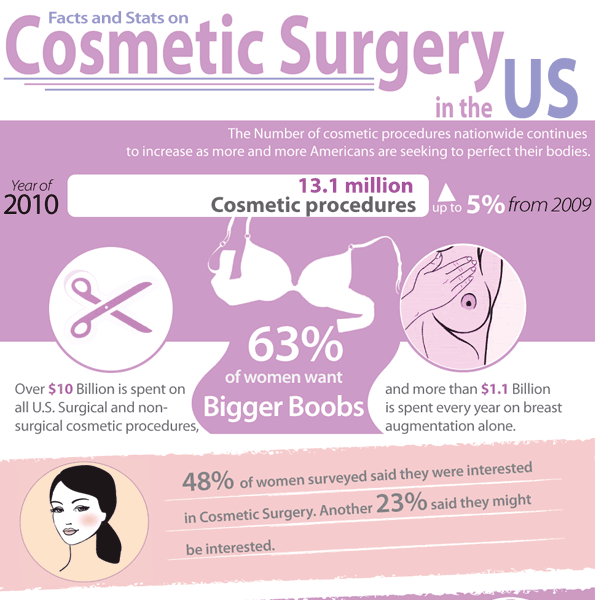What Is Cystic Acne
What Is Cystic Acne
Blog Article
Ideal Ingredients For Acne-Prone Skin
Benzoyl peroxide kills germs that create acne and aids get rid of excess oil. It also helps decrease the appearance of dark areas that remain after acnes clear.
Miss ingredients that clog pores, like mineral oils, and choose moisturizing components that assist smooth skin. Seek these 4 ideal anti-acne active ingredients.
Willow Bark Remove
Willow bark remove is an all-natural resource of salicylic acid. When made use of at aesthetic concentrations, it can cause a similar effect as synthetic salicylic acid without its drawbacks (mainly irritation).
The extract includes prodrug salicin, which is rapidly metabolized to the active compound, acetylsalicylate. Its anti-inflammatory and analgesic effects come from this metabolite, along with other chemical components of the plant such as phenolic acids, flavonoids, and polyphenols.
It also has sedative properties, which make it effective in dealing with persistent discomfort and rheumatic problems such as osteo arthritis. Nevertheless, since it consists of chemicals that simulate pain killers, people who have a recognized allergy to aspirin should avoid willow bark supplements. It can additionally connect with a variety of drugs, consisting of aspirin and other nonsteroidal anti-inflammatory drugs (NSAIDs) and cyclooxygenase preventions, such as advil (Advil, Motrin), and might boost the danger of tummy bleeding. It can also interact with some diuretics (water tablets) and can boost blood levels of certain drugs, such as phenytoin (Dilantin).
Kaolin
Long prior to AHAs, BHAs and many other ingredients, beauty enthusiasts turned to among one of the most efficient components to help prevent outbreaks: kaolin. Kaolin clay is normally adsorbent, which assists to pull excess oil and contaminations from skin. It is made use of in make-up, cosmetics, medspa body treatments, and as a gentle unpleasant in tooth paste. It's likewise used in veterinary medical products to treat digestive system concerns and in plasters for treating injuries.
This mineral clay can be white, yellow, pink or red (red kaolin shows a high concentration of iron oxide) and is typically combined with eco-friendly tea leaves to form a comforting face mask. It can likewise be discovered in facial cleansers and is specifically beneficial for those with combination or oily skin.
Geige recommends searching for simple solutions without pore-clogging components, such as alcohol, which can cause your skin to overproduce oil in an effort to make up, resulting in outbreaks. Rather, search for an item which how much is botox contains fatty alcohols like cetyl or shea, as these are less drying out.
Sodium Ascorbyl Phosphate (Vitamin C).
Sodium Ascorbyl Phosphate (or SAP, for brief) is the "badass natural acne treatment" no person's discussing. It's a water-soluble form of Vitamin C that can be utilized in higher focus than its older sibling, L-Ascorbic Acid, without becoming unpredictable or oxidizing rapidly.
Research reveals that it has antioxidant residential or commercial properties and can help in reducing staining. It can also work at rebalancing sebum production and dealing with acne-causing germs.
Specialists agree that skin with acne should be treated with active ingredients that both exfoliate and relieve. Look for items that include alpha and beta hydroxy acids (AHAs) to break down dead skin cells and unblock pores, in addition to anti-inflammatory active ingredients like niacinamide. Likewise, look for oil-free, non-comedogenic creams that don't obstruct pores. You'll also intend to incorporate active ingredients that are effective at eliminating germs, such as zinc sulphate and benzoyl peroxide. Last but not least, don't make use of components which contain occlusive agents, such as dimethicone and cyclomethicone, which can develop a greasy movie on the skin and clog pores.
Aloe Vera.
There are a handful of medically shown active ingredients-- like salicylic acid, benzoyl peroxide, retinoids and niacinamide-- that have been revealed to assist deal with acne by unclogging pores, killing microorganisms, controlling oil and quickening skin cell turnover. Even more natural alternatives like tea tree oil and aloe vera also have antimicrobial, anti-inflammatory and calming properties.
Called the 'plant of eternal life,' Aloe vera is a deep environment-friendly cactus-like plant that contains a gel inside its fallen leaves and can be found in sunburn treatments, aesthetic products and tonics that promote intestinal wellness. But the plant is additionally renowned for its pharmacological and medicinal buildings, and scientists at the Royal Botanic Gardens in southwest London are exploring its numerous asserted therapeutic benefits-- consisting of the anti-inflammatory residential or commercial property of the gel inside the fallen leave, the capacity to regulate blood glucose and cholesterol degrees and its role as an efficient melt wound healer. They are additionally diving into the plant's transformative background to determine what other plants it could be closely related to that might share several of its beneficial buildings.